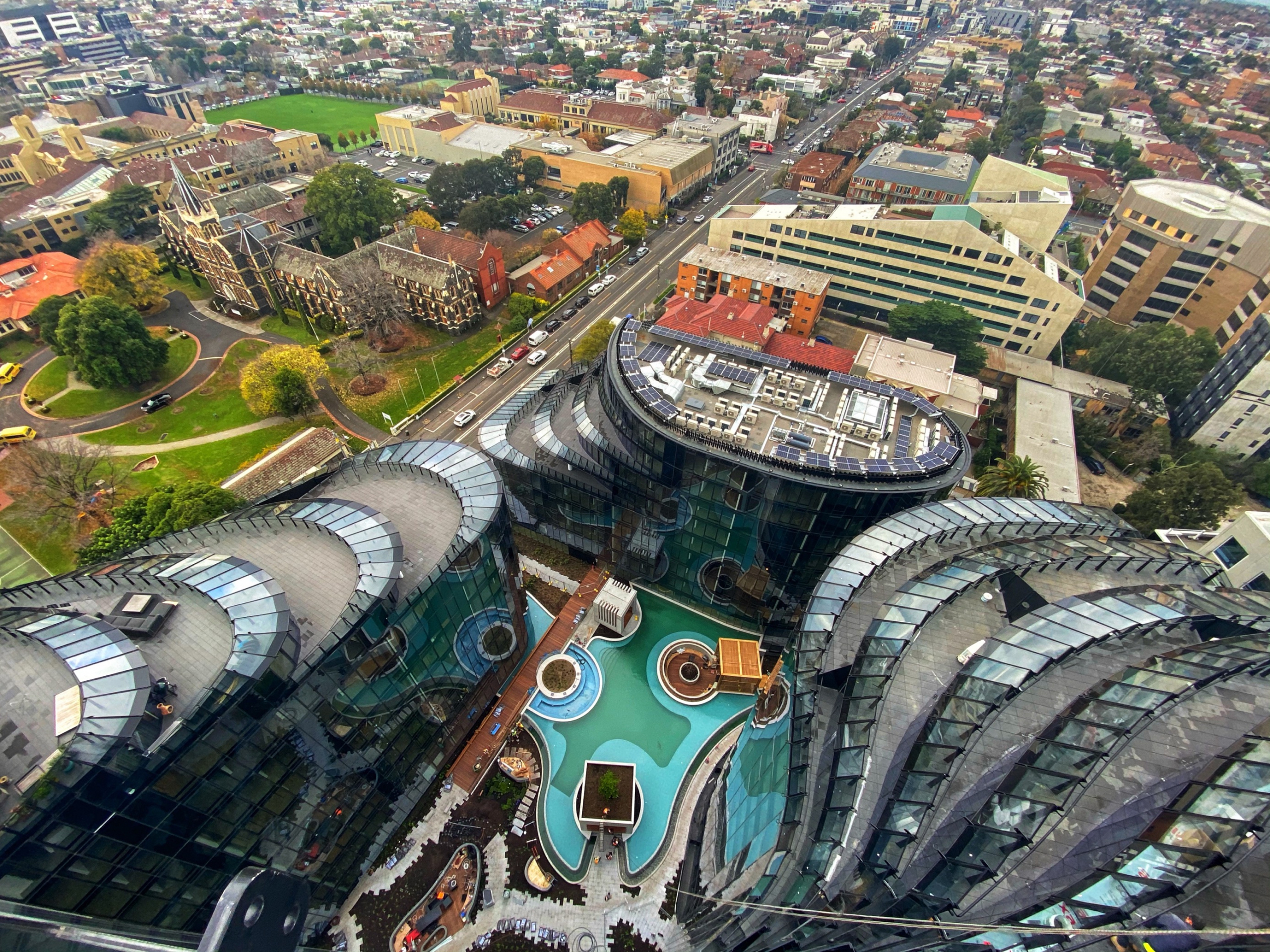The Slattery leadership team have been talking to Tier 1, 2 and 3 contractors daily and expect short to medium term competition to drive prices down by up to 10% in non-domestic construction.
A summary of our findings is included below:
No race to the bottom yet
While Slattery have seen some competitive pricing (and we expect that to continue for the next 6 to 12 months), we have not yet witnessed any ‘race to the bottom’ by Tier 1, 2 & 3 builders and their supply chains yet.
Anecdotally, contractors are reporting much greater coverage by sub-contractors across all trades when compiling their tenders. This is a key indicator of capacity in the industry and the main driver of competitive tension.
The effect of EBA’s
Although EBA’s currently push the cost of labour up by 5% per annum, Slattery expect contractors and their supply chains to be competitive through a combination of: productivity or efficiency gains; reductions in margin and overheads; or working at cost for cashflow to keep businesses afloat.
In the long term this has dangerous ramifications as there will be little to no buffer in liquidity. The question of whether-or-not there should be an EBA wage freeze should be asked.
Extensive due diligence on head contractors and sub-contractors is encouraged
Clients should be wary when tendering and do extensive due diligence on both head contractors and their sub-contractors, particularly the key trades such as structure, facades, and services. Accepting rock bottom prices may seem attractive, but if a key sub-contractor becomes insolvent, it’s likely the principal will pay more in the end.
Countering some of this heightened competitive tension is a weak Australian dollar, down significantly from levels seen over the last few years. So, trades with materials and componentry sourced overseas, such as facades and lifts, will increase their prices and Slattery is being told by various contractors that this is happening already.
The continued effect of social distancing
Social distancing measures may live on longer term, meaning the movement of workforce and materials will be less efficient than before. This will affect productivity, and therefore pricing, for medium to high rise projects.
Contractors have already reported reduced efficiency, some down to 80% of normal capacity. Low rise projects and sites with plenty of space are reportedly able to continue as before, even after adopting social distancing protocols.
Tenderer capacity
As many projects in the major capital cities near completion and new tendering opportunities for contractors are slow to come to market or stall completely, supply and demand forces will inevitably drive pricing downwards through an abundance of capacity within supply chains.
Maximising scope
Clients seeking to maximise their spend should consider ‘scope ladders’ as part of their tendering process. Depending on the tender result compared with their budget, they can increase the project scope to gain more for their ‘pre-COVID buck’.
Final recommendation
Long-term recovery and the question around how quickly the construction sector can return to pre-COVID demand levels will depend significantly on State and Federal Government stimulus, but it is too early to predict when that might be.
During a crisis, successful projects will rely on positivity, a sense of calm and good sound advice from your QS.
Images taken at recent site inspection of 601 St Kilda Road, one of Slattery’s ongoing commercial projects







